Time to Remove Frost Protection
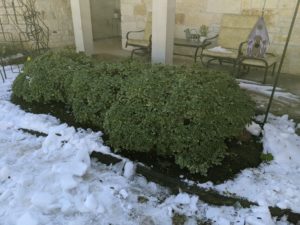
Remove protective covering once overnight freezing temperatures are no longer in the forecast.
Now that the record-shattering cold has left Texas, you now may be turning your attention to the plants in your landscape and wondering what you should do for freeze recovery.
I walked around my neighborhood on the first day after the big thaw and was surprised to see so little damage. But my neighborhood is young’ish (I’ve been in my home 12 years), so the trees are all relatively small–no huge branches to break under the weight of ice and snow. Many cacti and Agave are mush, but I saw a few Cycads that appear to be undamaged.
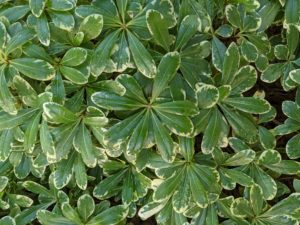
The leaves of this plant appear glossy due to the moist cold, but they are not damaged internally, and will recover just fine.
In my own yard, I had only covered one set of shrubs, three dwarf Pittosporum, which I nervously uncovered once the forecast no longer listed any chance of overnight freezing temps. Their leaves looked a bit iffy, with an odd sheen that, in some plants, can indicate that the cell walls have burst and the water is going to leak out with thawing temps, leading to a pile of mush. But I’ve seen that in these shrubs in prior freezes, and knew that was nothing to worry about.
Remove Only Broken Stems or Branches for Now
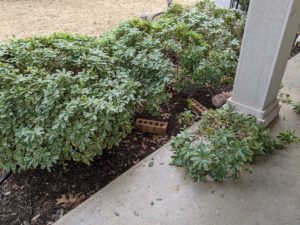
Prune out only broken stems or branches.
The problem that I discovered, as happened with many plants, was that the weight of the snow and ice on top of the blankets and tarp I’d used to protect them from the freezing temperatures had broken some of the stems. A sad sight, as my cherished plants will now have gaping holes in their beautiful bodies, but a problem that I can help them overcome, with some proactive pruning. But for now, the only pruning I’m going to do is to snip off any of the stems that are actually broken.
Freeze Danger Not Over
It will be hard to be patient, but that really is the best course of action–leave all plants alone, even the mushy ones, and wait to see how they respond, or don’t, as temperatures continue to warm. The only freeze recovery maintenance to do now is to remove only tissues that are broken or hazardous. One reason for this is that damaged tissue at the tips of growing points or on the outside of plants can serve to protect the plant if we get another cold-snap. Prune off damaged tissue now, and you’re simply exposing a new part of the plant to damage if we have a late season frost or freeze.
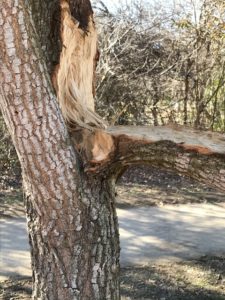
Prune only branches that are broken. Wait to see how the plant recovers in the next few months before taking other measures.
It Looks Terrible, But Leave Alone
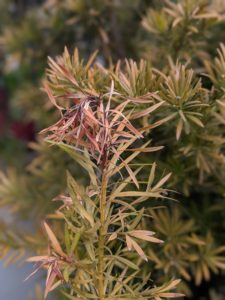
Resist the urge to trim away damaged tips or leaves.
New growth and the tips of stems are the most sensitive to frost damage. It’s tempting to just remove it as a way to tidy up for freeze recovery, but leave this tissue alone. Once the plant begins to grow out of this damage you’ll be better able to gauge where to prune. With deciduous plants, still dormant and leafless, you don’t have any good way of knowing how much the plant was damaged. Wait until the new buds begin to swell up and emerge from under the surface of the stem. Once the new buds or growth appears, prune off any obviously dead tissue.
Give Plants a Chance to Recover
Are some plants actually dead? Absolutely. But I think most people will be more surprised by what recovers. With all of this damage, plants may be hard to come by this spring. So my best advice is not to make a hole in your landscape until you can fill it. Even dead plants can provide temporary food and shelter for wildlife.

